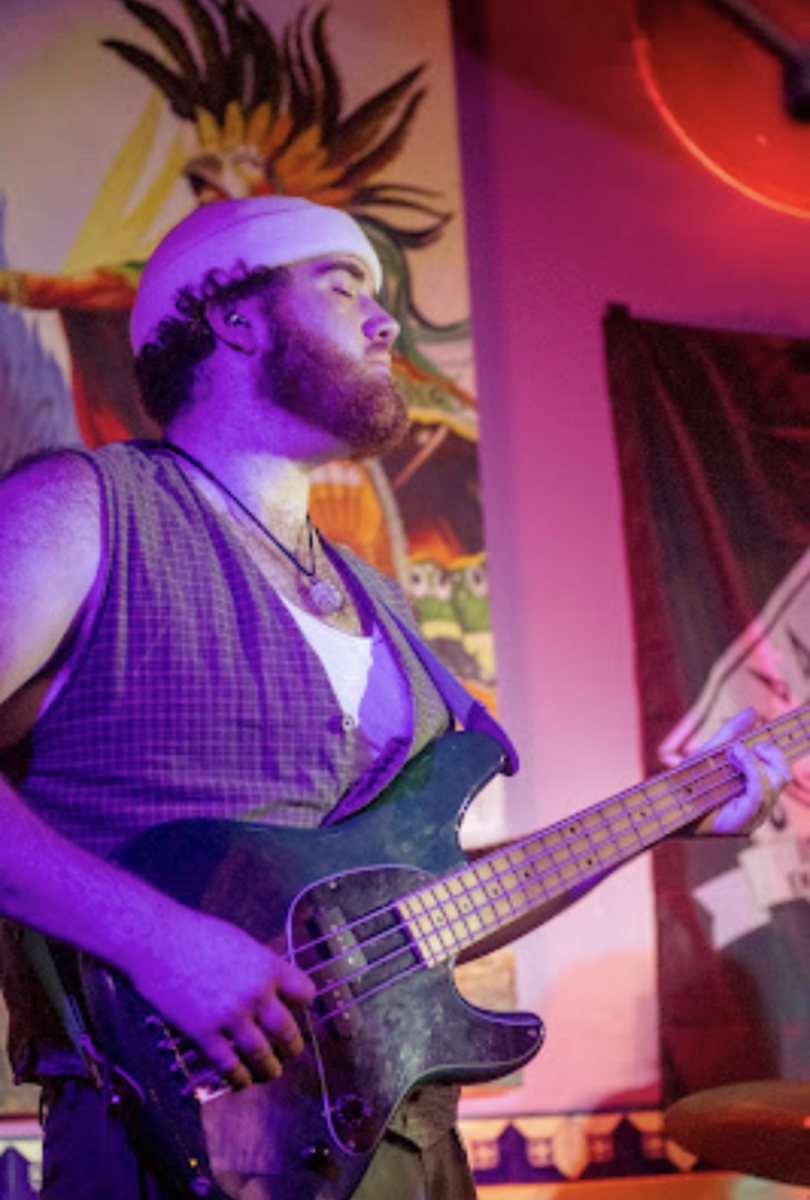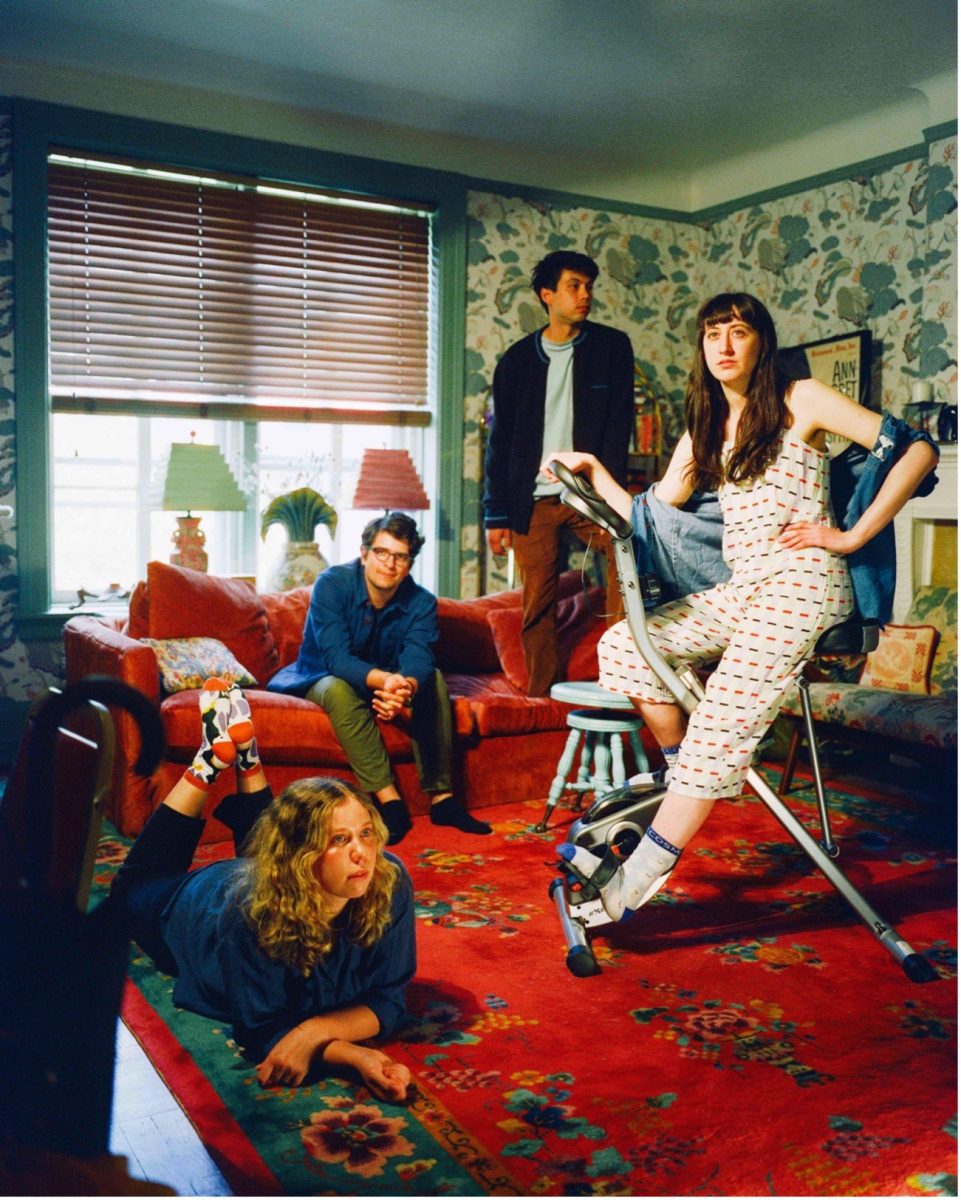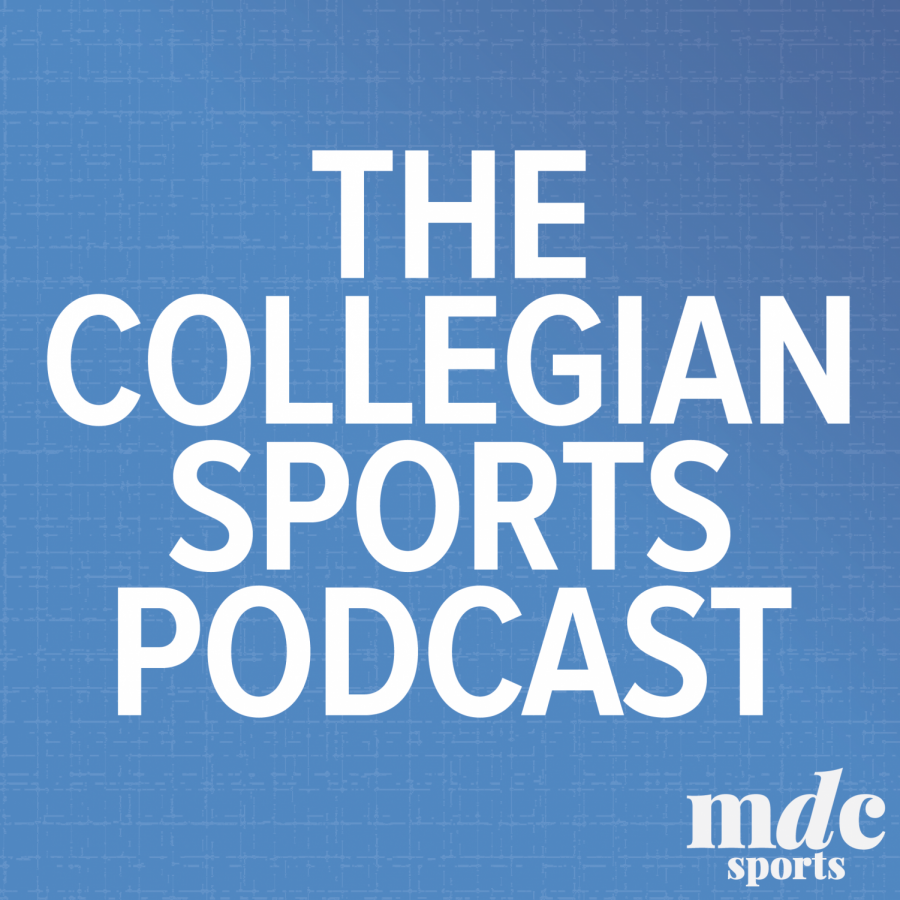
205 former Major League Baseball players have been elected into the Baseball Hall of Fame; only three of them are Jewish. It’s a shame that more Jews haven’t been heralded in the Hall, but that’s not to say that some of the best single season Semite performances haven’t held up to the greatest of Gentiles’. If Moses himself were to build a dream team with enough chuztpah to leaven all the bread in Israel, this is what it would look like.
Lineup
1. Lou Boudreau, Shortstop, Cleveland Indians, 1948
2. Ryan Braun, Outfield, Milwaukee Brewers, 2009
3. Al Rosen, Third Base, Cleveland Indians, 1953
4. Hank Greenberg, First Base, Detroit Tigers, 1937
5. Shawn Green, Outfield, Toronto Blue Jays, 1999
6. Kevin Youkilis, Designated Hitter, Boston Red Sox, 2008
7. Mike Lieberthal, Catcher, Philadelphia Phillies, 1999
8. Sid Gordon, Outfielder, New York Giants, 1949
9. Ian Kinsler, Second Baseman, Texas Rangers, 2009
Starting Pitcher – Sandy Koufax, Los Angeles Dodgers, 1965
The first thing you may be wondering after reading that lineup is where is Hall of Fame second baseman Rod Carew? Adam Sandler’s “Hanukkah Song” claimed that while O.J. Simpson wasn’t a decedent of Abraham, Hall of Famer Rod Carew was – he converted. According to unofficial online sources, Carew apparently never converted, despite marrying a Jewish woman, therefore, he doesn’t make the cut. While he and his 3053 career hits aren’t on the team, the lineup would make any All-Star team plotz.
Leading off is Hall of Famer Lou Boudreau. In 1948, Handsome Lou had a .355 batting average and scored 116 times. In his 15 year career, he only hit more than 10 home runs twice; in ’48, he exploded for 18 after hitting only 4 in 1947. He was voted the Most Valuable Player in ’48, and was selected as an All-Star for the seventh time. Not too shabby.
Ryan “The Hebrew Hammer” Braun had the best season of his young career in 2009 with 32 home runs and 20 stolen bases. With a .309 average and 113 runs scored, he fits great in the two-slot.
In 1953, Al Rosen had one of the best seasons by a third baseman in the history of the game. With a .336 batting average, Rosen belted 43 home runs, knocked in 145 runs and had an on-base plus slugging percentage of 1.034. He won the MVP award that year, and was .001 away from winning the American League Triple Crown.
Following Rosen in the clean-up spot is Hank Greenberg, who had 183 RBI’s in 1937 when he was only 26-years-old. Greenberg was jipped that season though, as Charlie Gehringer won the American League Most Valuable Player award despite scoring less runs, having nearly half as many RBI’s and hitting only 14 home runs – in contrast to shlimazel Greenberg’s 40. The next year, Greenberg came within two home runs of Babe Ruth’s single season record (60); he finished third in the MVP voting and didn’t receive a single first place vote. Jimmie Foxx won the award with an incredible line of .346, 50, 175, while New York Yankee Bill Dickey came in second place with .313, 27, 115. Greenberg’s line was .315, 58, 146. He won two MVPs during his career (1935 and 1940), but his numbers indicate he probably should have won more. In the end, he was recognized for his phenomenal career and was elected into the Hall of Fame.
From 1998 to 2002, outfielder Shawn Green averaged 38 home runs, 112 RBI’s, 21 stolen bases and had a .288 batting average. In 1999, he hit .309 with 42 home runs, 20 stolen bases and 123 RBI’s. In 2002, Green hit four home runs in a single game against the Milwaukee Brewers.
Next is Red Sox third baseman Kevin Youkilis, though he’s in this lineup as the designated hitter. In his seven years of service, he has only had an on-base percentage lower than .380 once – his rookie season, while putting up better-than-expected power numbers.
Mike Lieberthal makes the team because he’s a catcher, and unfortunately, there aren’t too many prized Jewish backstops. He spent nearly all of his career with the Philadelphia Phillies, only knocking in more than 80 runs twice. He never hit more than 20 home runs three times, either, but he broke out in 1999 and had by far, the best season of his career. With 31 dingers, he posted a .914 OPS and had 96 RBIs in a season that brought him his first of two All-Star selections and a Gold Glove award for his defense behind the plate.
Sid Gordon wasn’t necessarily an All-Star player, but his shtick was consistency. He hit at least 20 homers in five consecutive seasons, averaging 27 HRs and 97 RBI’s with a .293 BA during the span. He received MVP votes in each of those five seasons.
Ian Kinsler is one of the best second baseman in the game today, but his production is rather unpredictable. In 2008, he hit .319 with 18 home runs and 26 stolen bases, but in 2009, despite becoming the 11th American Leaguer to hit 30 home runs and steal 30 bags in the same season, his batting average dropped to a schlocky .253. Any lineup with a 30/30 guy batting ninth is more than kosher. Kinsler may be a two-time All-Star in his short career so far, but this lineup would be mishegas if only Rod Carew had actually converted.
And finally, maven of the mound Sandy Koufax is one of the greatest left-handed pitchers in baseball history and is probably the most well-known Jewish baseball player ever. Koufax won four World Series rings with the Dodgers in his injury-shortened 12-year career. He was picked for seven All-Star teams, won three Cy Young Awards, was the National League MVP in 1963, won the pitching Triple Crown three times, had four no-hitters and on Sept. 9, 1965, the southpaw pitched a perfect game. He was inducted into the Hall of Fame when he was only 36-years-old. With a 2.76 career earned run average, you could have a lineup of schmucks and still have a shot to win the game every time “The Left Arm of God” took the mound.
All statistics and information are courtesy Baseball-Reference.com. Religious affiliation is according to Baseball-Almanac.com.
Justin Gagnon can be reached at [email protected]








Mark Hoffman • Oct 4, 2019 at 5:11 pm
Moe Berg Catcher. A. Brickman